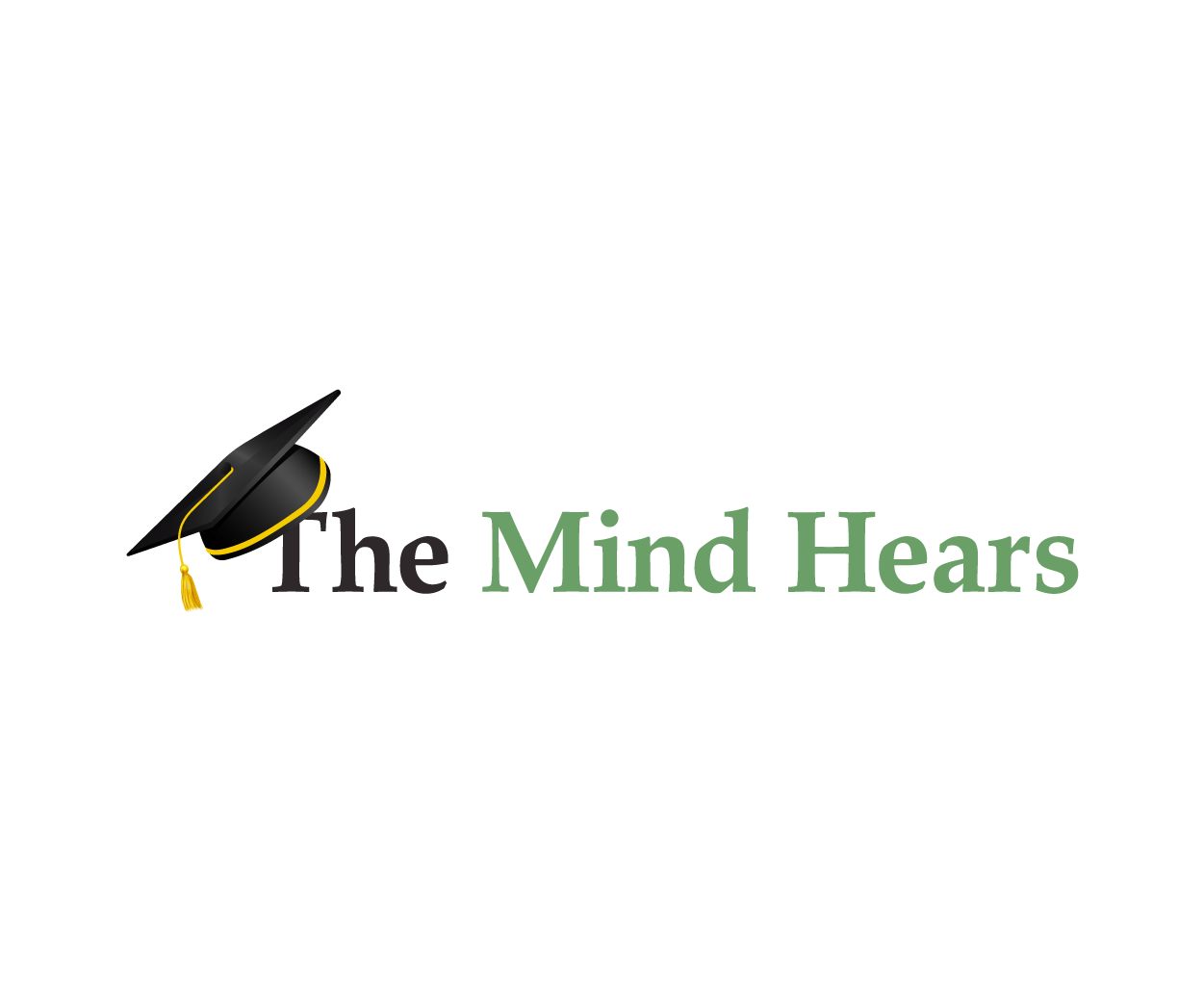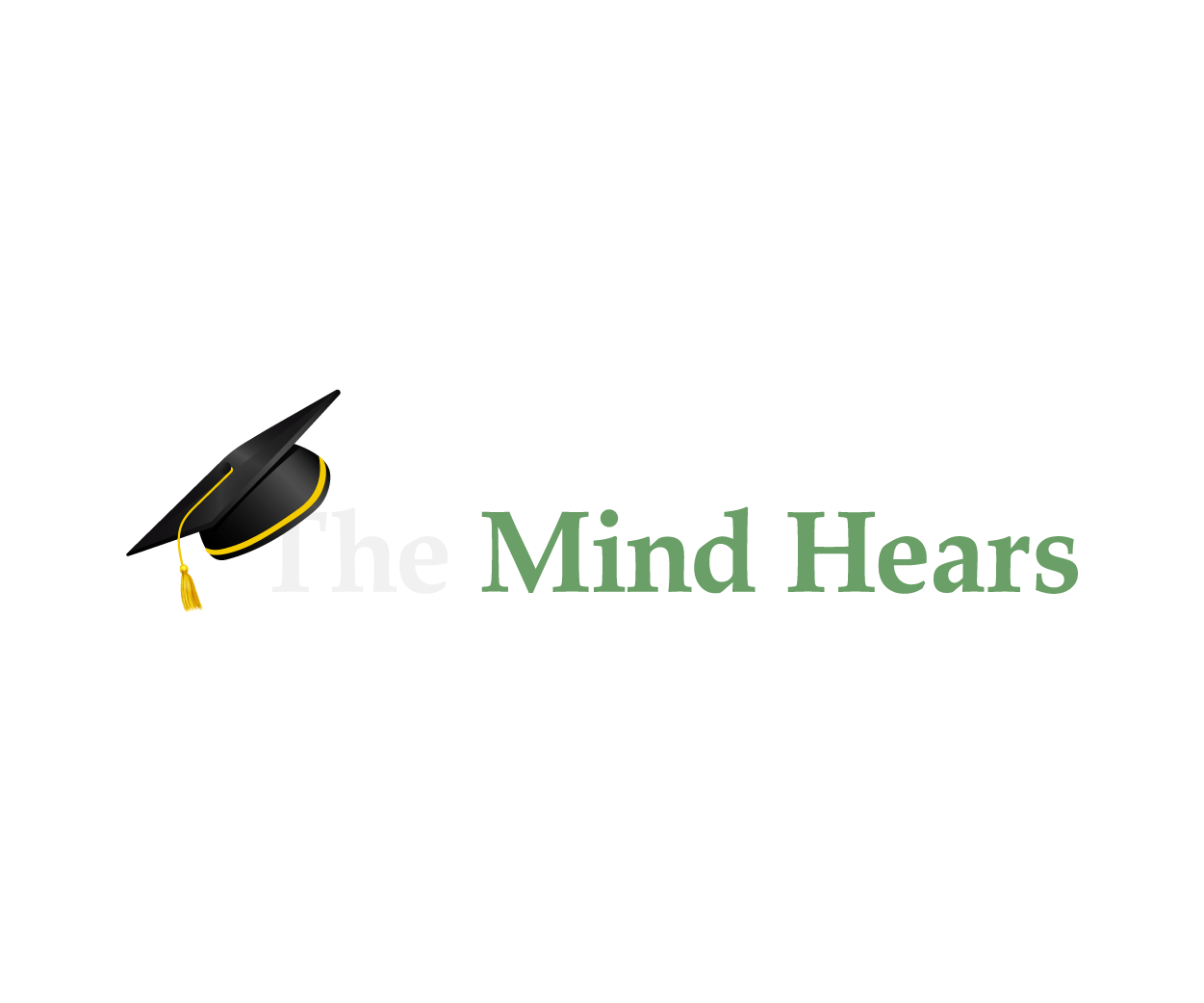A blog by and for deaf and hard of hearing academics
The “Deaf Tax” and Speaking for Others
Today, in spite of the presence and efforts of deaf academics and deaf advocacy organizations, hearing sign language linguists are...
ByKristin SnoddonJuly 16, 2024 Continue ReadingProfiles
Most Popular Posts
How much listening is too much?
As academics, our jobs require us to listen to others all the time—in our classes, in faculty meetings, in seminars, and when meeting...
ByMichele CookeFebruary 11, 2020The “Deaf Tax” and Speaking for Others
Today, in spite of the presence and efforts of deaf academics and deaf advocacy organizations, hearing sign language linguists are most readily heeded,...
ByKristin SnoddonJuly 16, 2024When to tell? Applying for jobs when you are deaf or hard of hearing
-Ana Going on the job market was a fraught decision for me. As a postdoc considering tenure-track faculty positions, I relied on hearing...
ByAna CaicedoNovember 14, 2019The best place for my hearing aids is on my desk
Instead of expecting me to strive to be a hearing professor, why not expect that each of us makes the classroom less disabling...
ByMichele CookeDecember 19, 2023Graduate School and Careers
Experiences of Deaf and hard of hearing academics
Why mutual support matters: surviving as Deaf/HoH graduate students at a predominantly hearing institution
The Mind Hears was excited to learn that Anne and Breanne are two deaf graduate students in the same School of Integrative Plant Sciences. So many of us navigate graduate...
ByThe Mind HearsSeptember 29, 2021Navigating small and large meetings
Teaching
The best place for my hearing aids is on my desk
Instead of expecting me to strive to be a hearing professor, why not expect that each of us makes the classroom less disabling...
ByMichele CookeDecember 19, 2023Sudden Remote Teaching – Deaf/HoH
As we know, the reality of "just switching to video chat classes" is NOT easy even for a hearing person teaching hearing people...
ByRyan SeslowApril 22, 2020Teaching (very) large classes
This semester I am teaching a large lecture course with about 175 students. I have taught this course 6 times before, with enrollment...
ByAna CaicedoNovember 20, 2018The Best Laid Plans: A remote teaching journey
This is a repost of The best laid plans from Dr. Rachel Obbard’s blog Pandemic Pedagogy. The post is the first in a series that chronicle...
ByThe Mind HearsMay 12, 2020





































